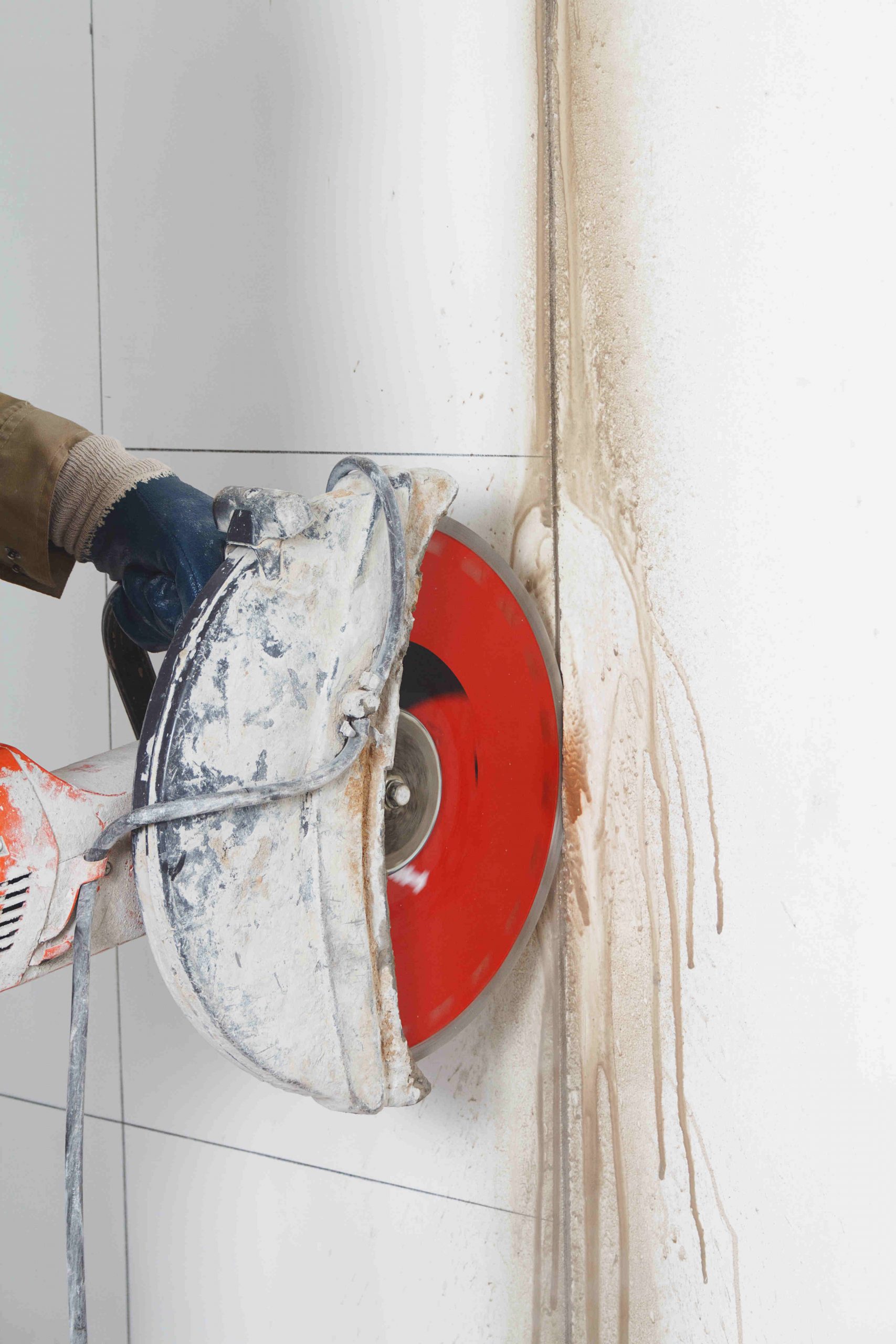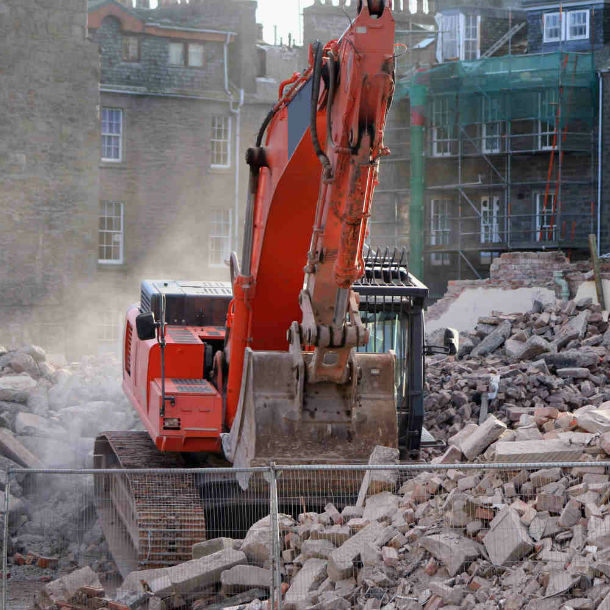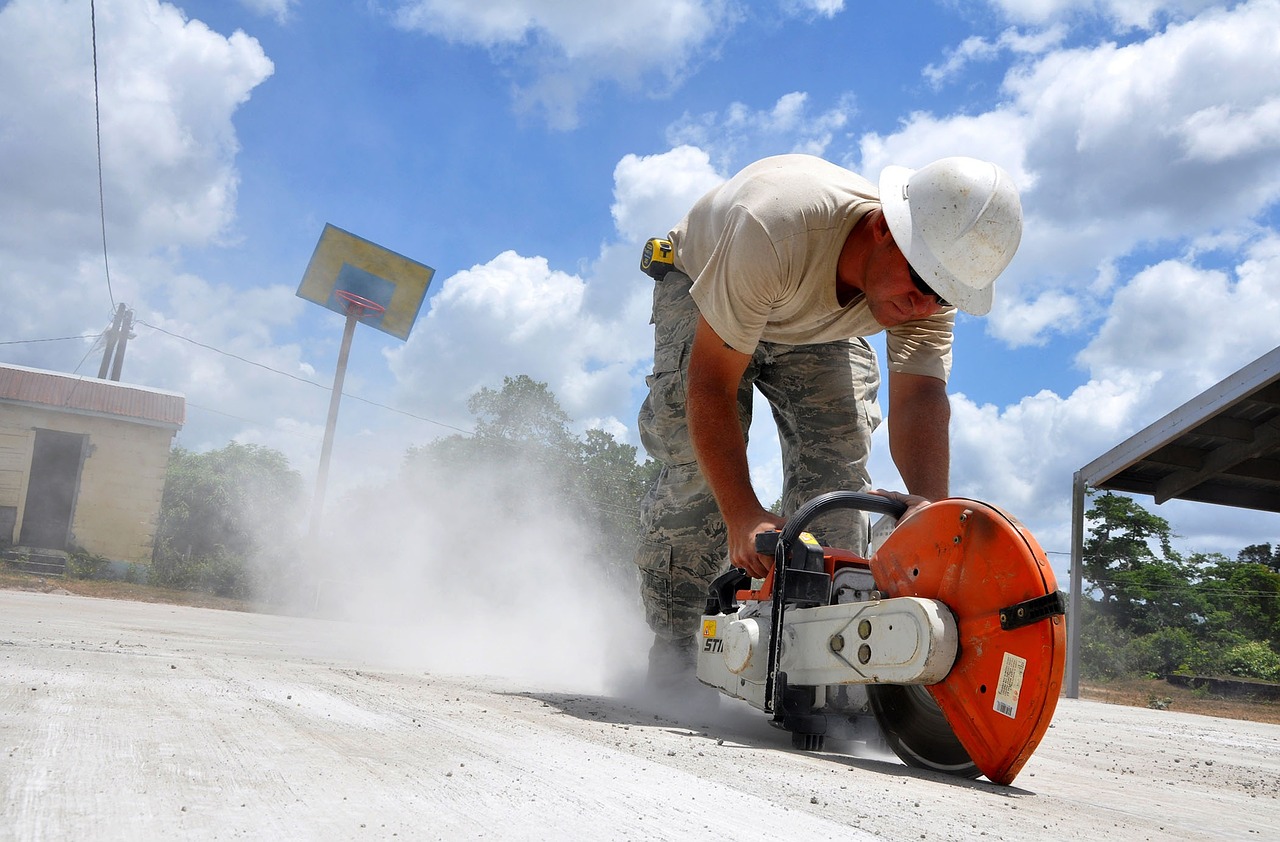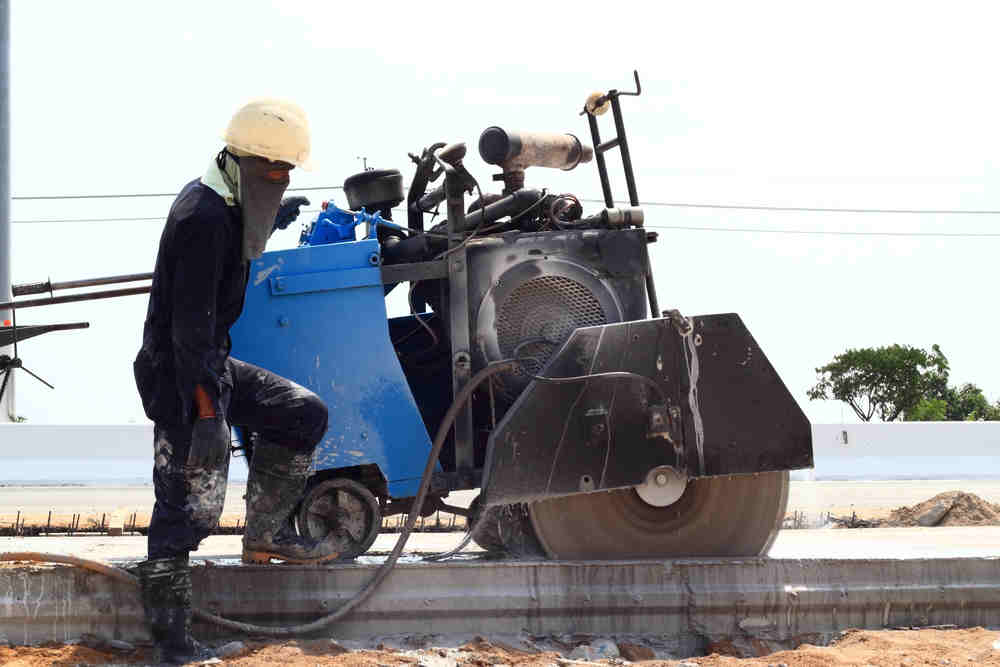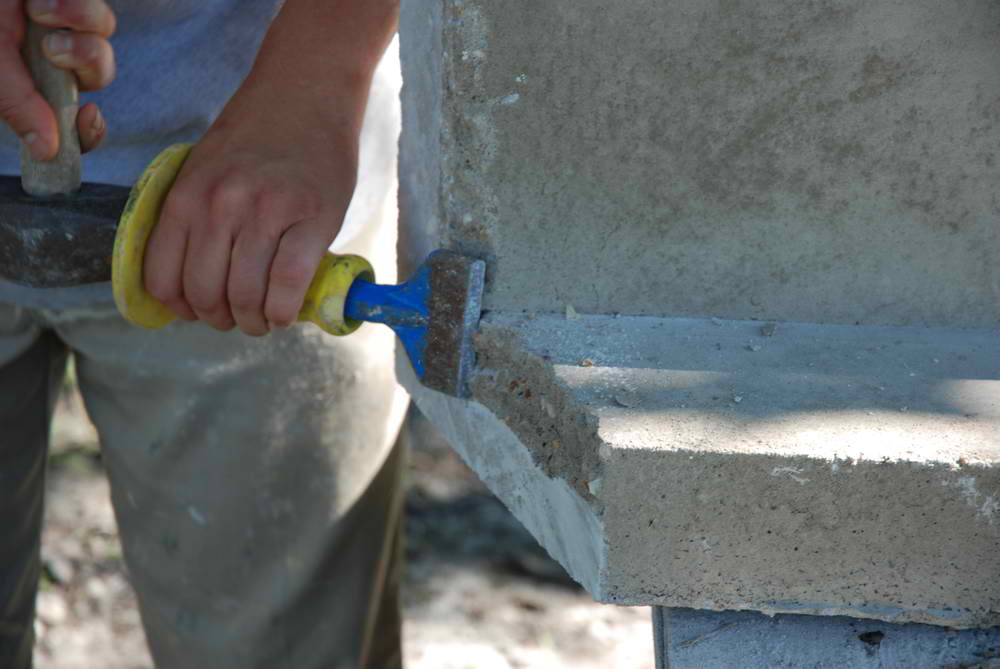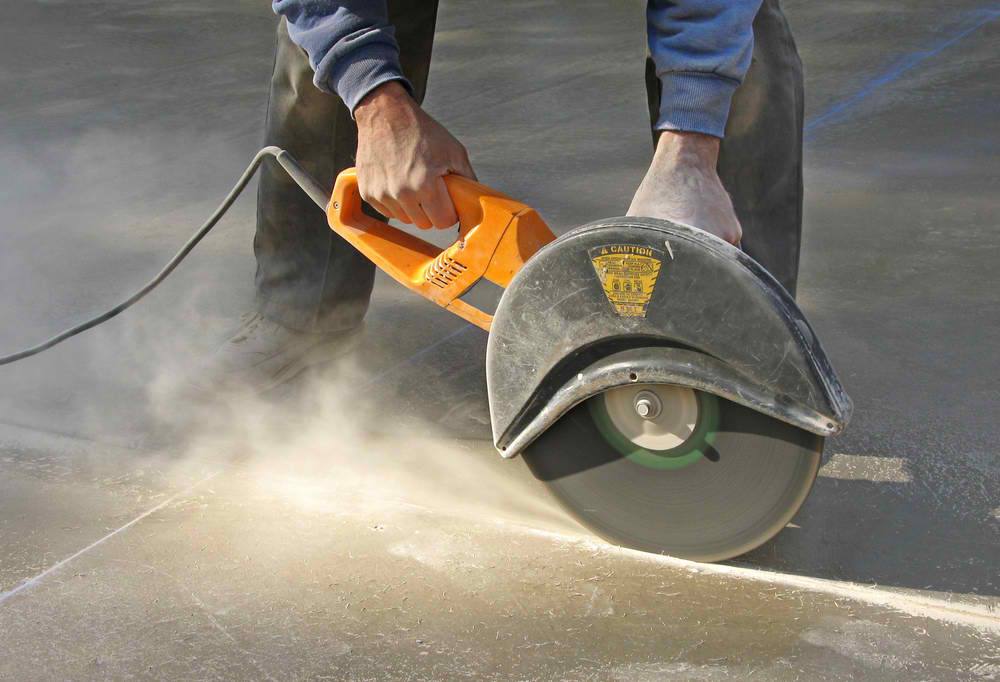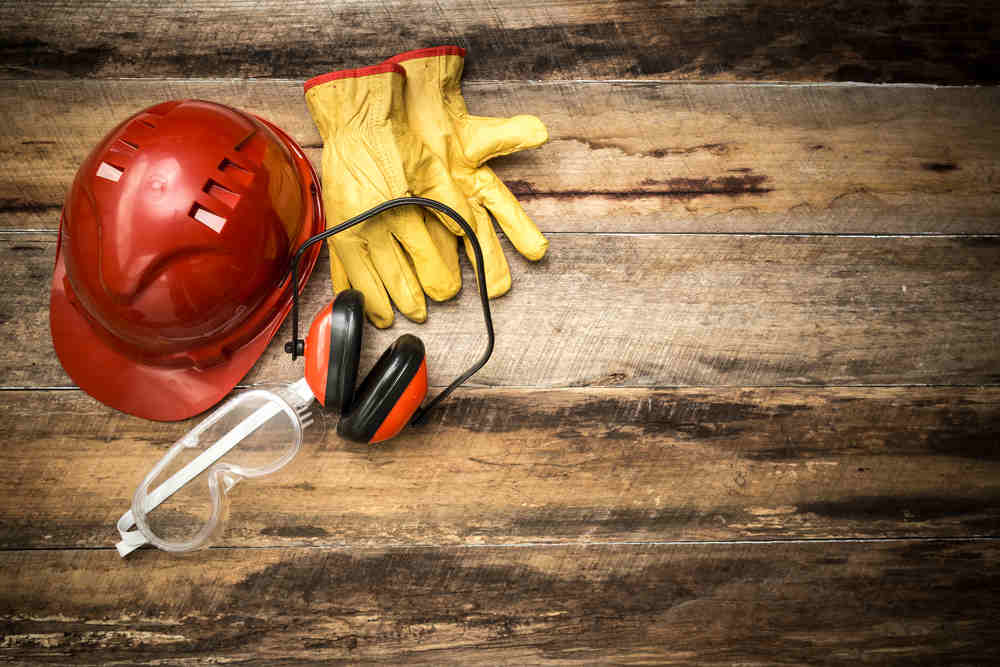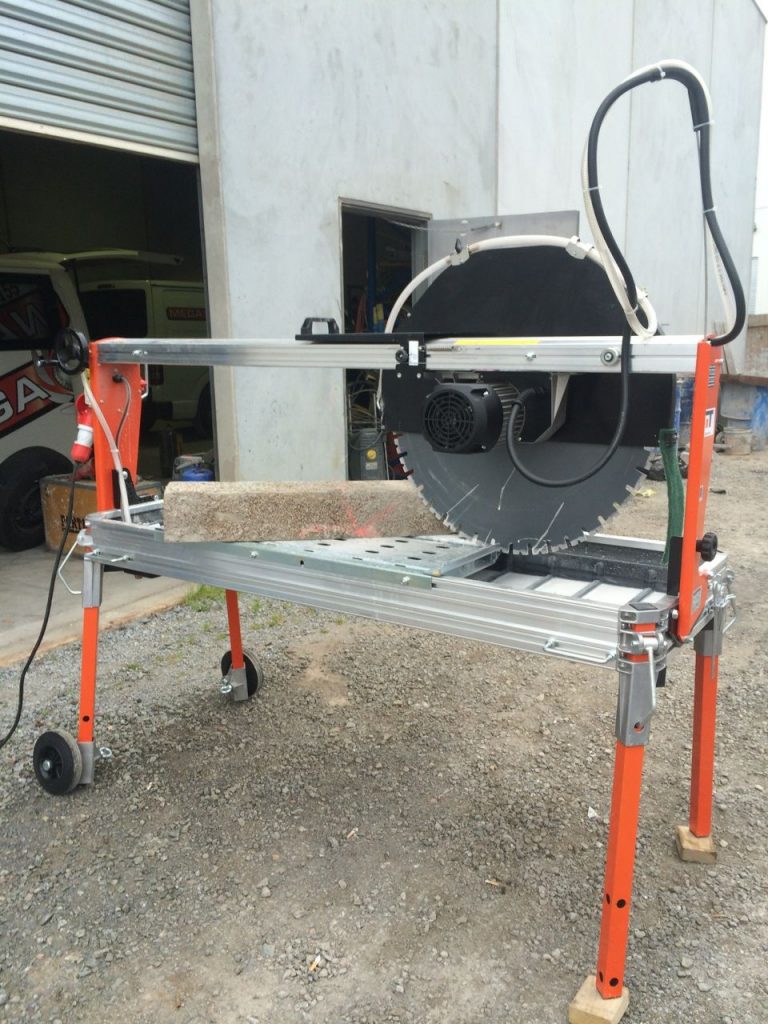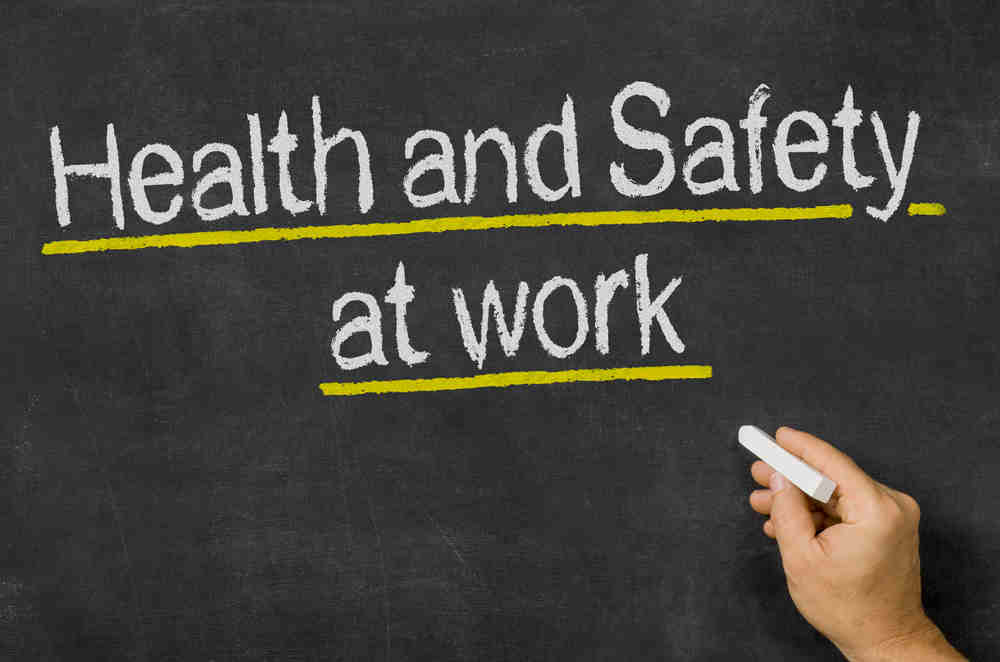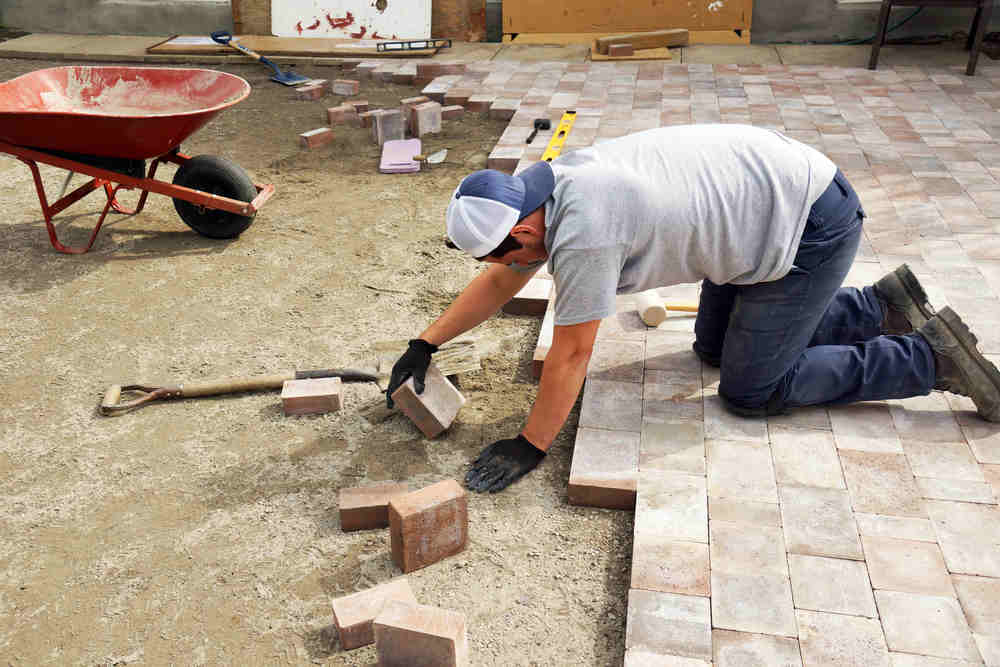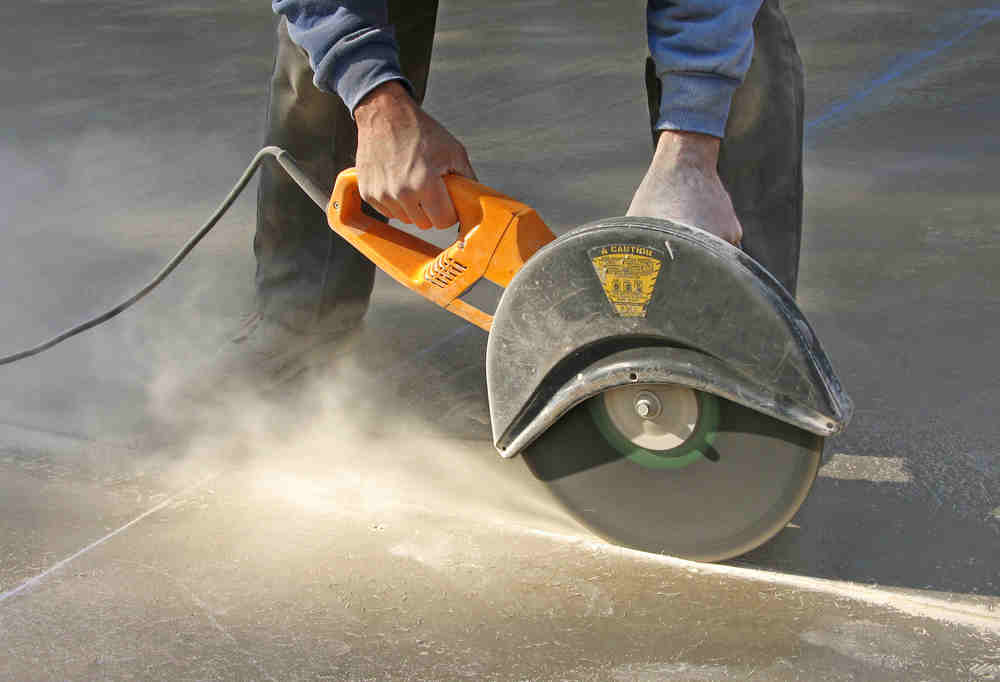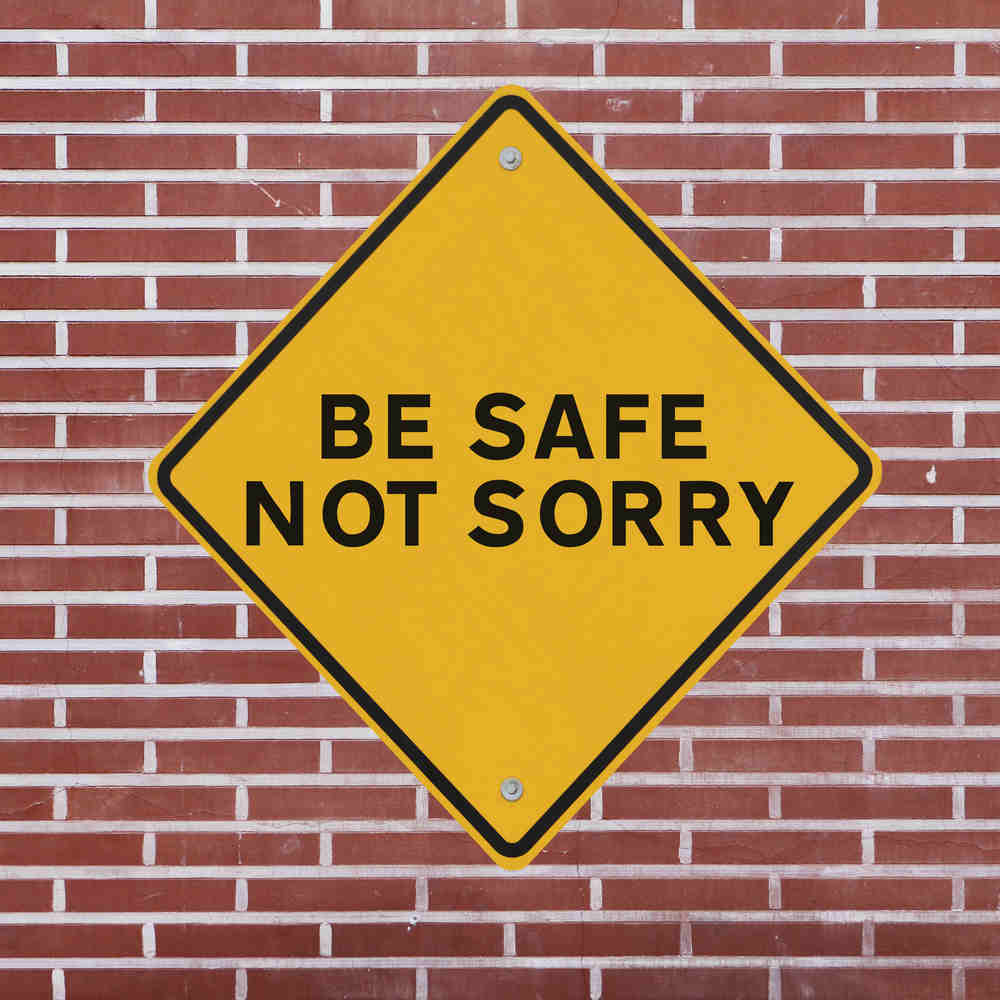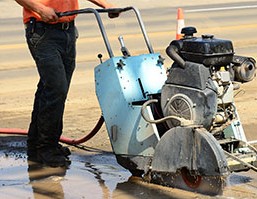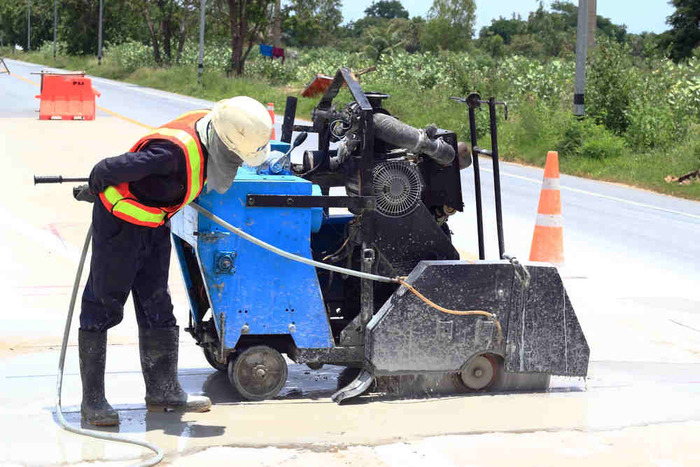What is concrete cutting?
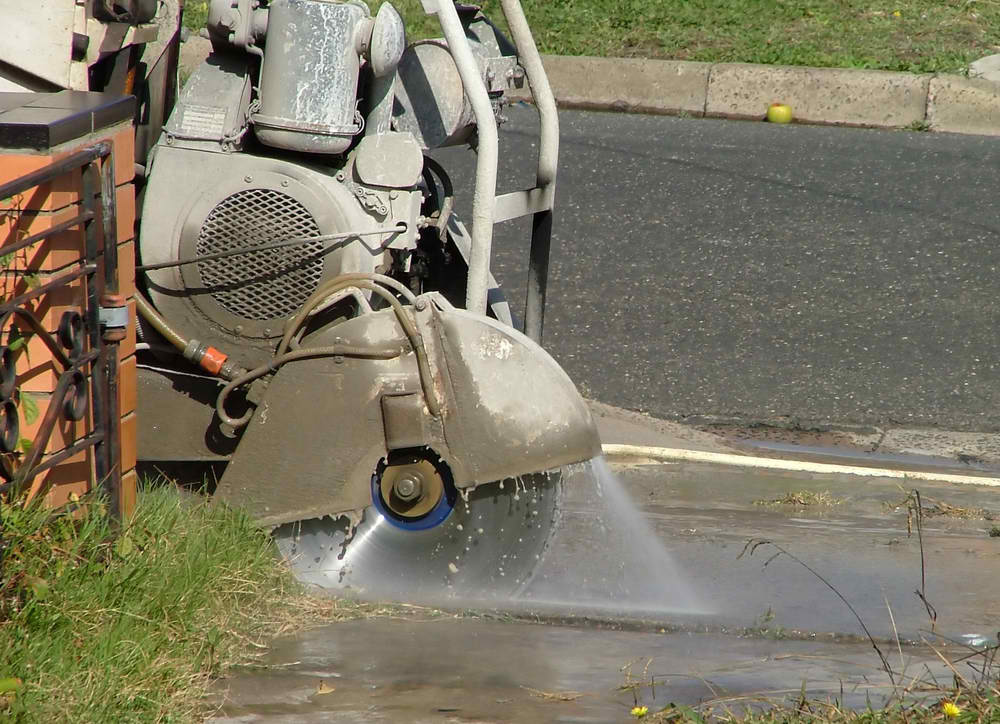
Concrete cutting encompasses not only the actual cutting of concrete but also its drilling and removal. For the actual cutting segment of this material, concrete saws are used for this specific job requirement. These saws, based on their modern technology, have greatly replaced the jack hammer in many instances. They have the capability of making precise cuts and leaving a smooth clean finish. They also greatly reduce the dust that comes with concrete cutting.
There are various ways of cutting a concrete. These include slab cutting or sometimes referred to as flat sawing. There is core drilling and wall sawing. There are many different tasks within the construction industry that completely involve concrete cutting. It might be for the purposes of partial removal of a foundation or addition to existing building including residences.
Cutting concrete slabs is another common requirement in any construction job. No matter what the task at hand, it will surely demand the need for the right type of concrete cutting equipment. And this should only be done by an individual who has the training and skills to operate this type of equipment.
What is concrete drilling?
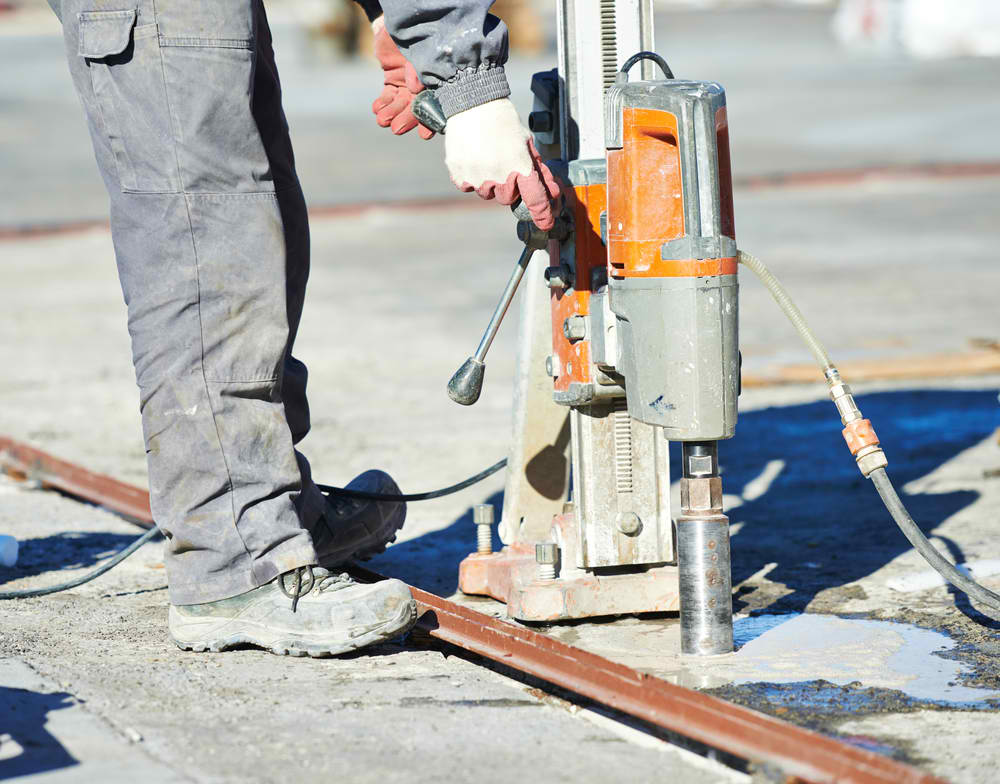
Concrete drilling involves digging of a hole in a certain concreted area. These holes are dig for many different purposes. It may be used when something has to be anchored in the concrete, such as large shelving units or other components. It may also be needed for electrical requirements and for mechanical or plumbing purposes.
The equipment used for this job requirement is called a diamond core drill. This has been designed to drill precise holes in a certain piece of concrete. It has the shape of a cylinder that can cut a precise and accurate circular hole. The size of the hole made depends on the drill bit being used and the depth it is required to cut. The drill bit is capable of removing the core of the cement hole being created.
There are different makes and models of diamond core drills. There are also different sizes of bits. Concrete drilling should be carried out with wet or dry concrete drilling techniques. These options will depend upon the job that is being required.
The basic diamond core drill is composed of the following:
- Motor
- Spindle connection
- Locking switch
- Gearbox
- Handle
There are also other models of diamond core drill that may have additional compositions which include:
- Dust extraction
- Water supply
- Electronics
The size, make and model of the core drill will depend on the type of job it is required for and how often it will be used. Some confusion will come into play if the layperson is not familiar with concrete drilling and which type of bit to use.
There are two most common types of equipment for concrete drilling. These are the diamond drill bits and the carbide. The type of concrete you are going to work on will determine which type of drilling equipment you are going to use. The depth of the drilling required also matters and whether you are going to be drilling on wet or dry concrete
The proper completion of concrete drilling usually requires that the holes being made are perfectly round. These holes can range anywhere between 1” to 12”. For commercial needs, they could be up to 60” round or even more. They also require the expertise of a highly trained person in the proper drilling of concrete.
There are a lot of judgement calls and selections of concrete drilling equipment to be made. This can be dependent on the project manager if this type of task isn’t present on a constant basis.
Conclusion
Doing any type of concrete cutting or drilling even if it is a small job can sometimes be difficult. It is not a forgiving task and when you make a mistake you simply need to start over again. Cutting too much or too little of the concrete or drilling a hole that is too big or too small can create a lot of extra work to try and fix the error.
The best and sure-fire way to ensure that the concrete is being cut or drilled precisely is to utilise a company that is specialising in this field. You can always find a reliable service provider in Melbourne, Australia such as Megasaw. They can guarantee that your required tasks are going to be done quickly, and effectively both in the requirements and cost. This company is fully capable of doing various types of concrete cutting and drilling projects in Melbourne and the surrounding areas. They highly stand on reliability and performance, which are a much needed aspects in the construction industry.

